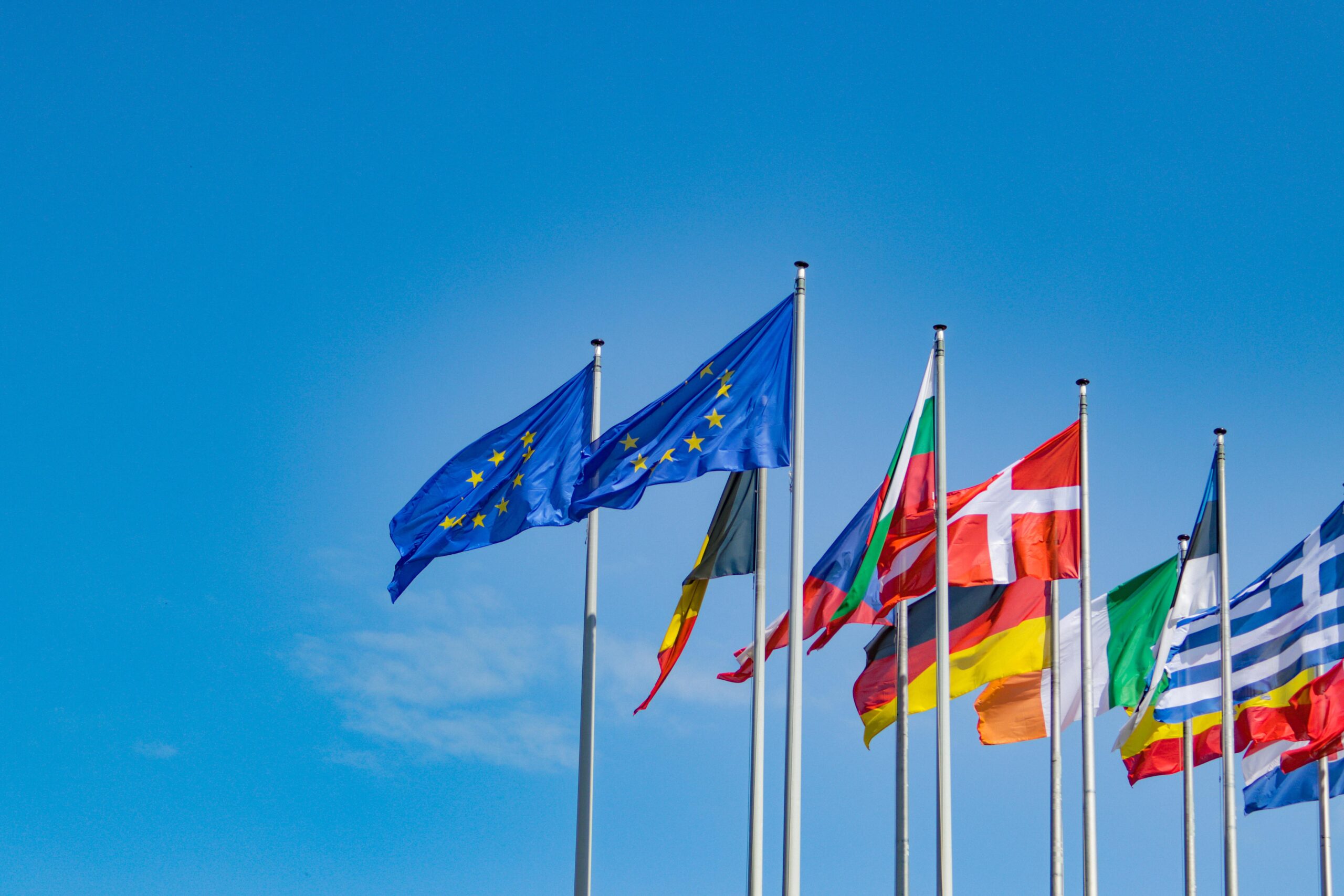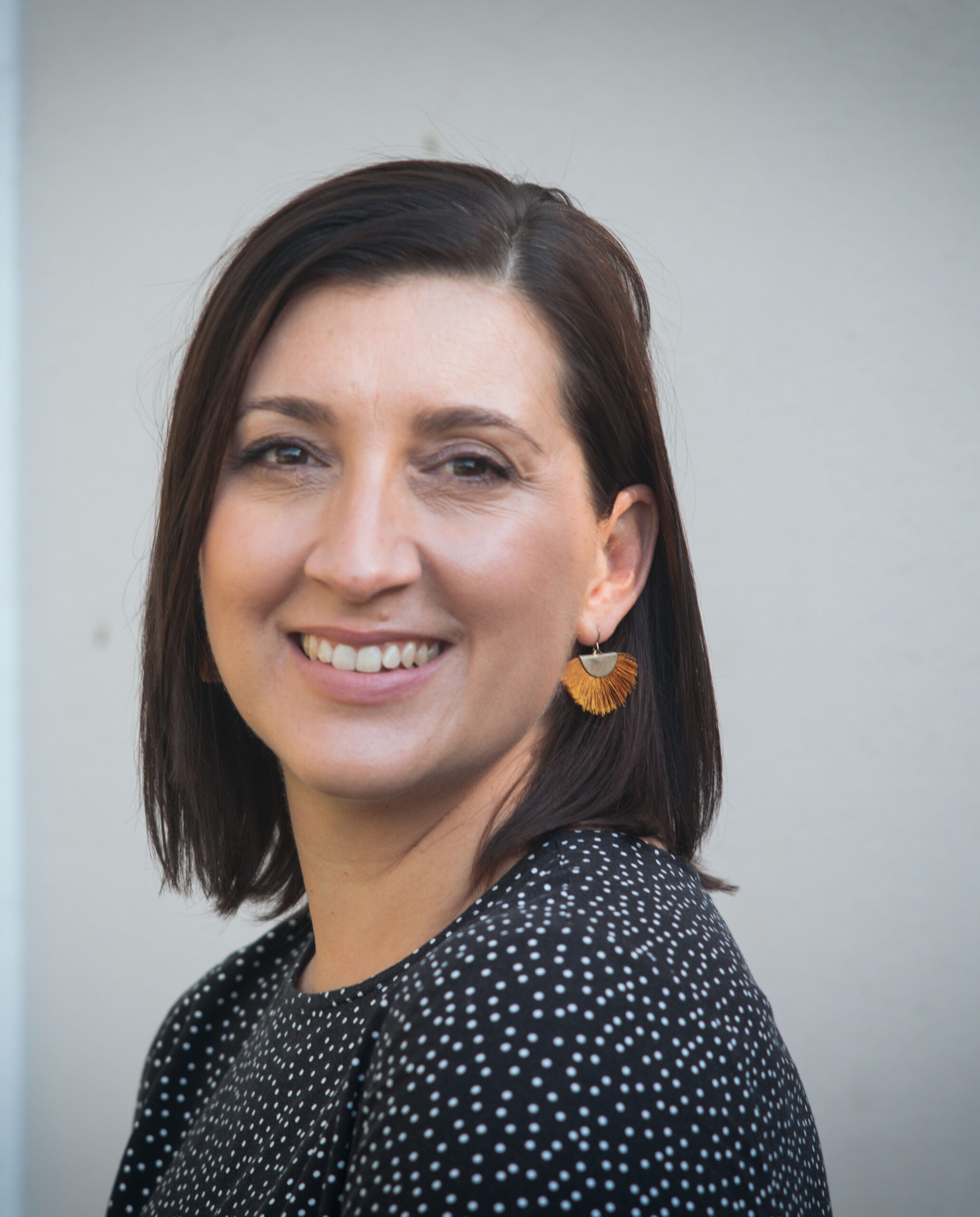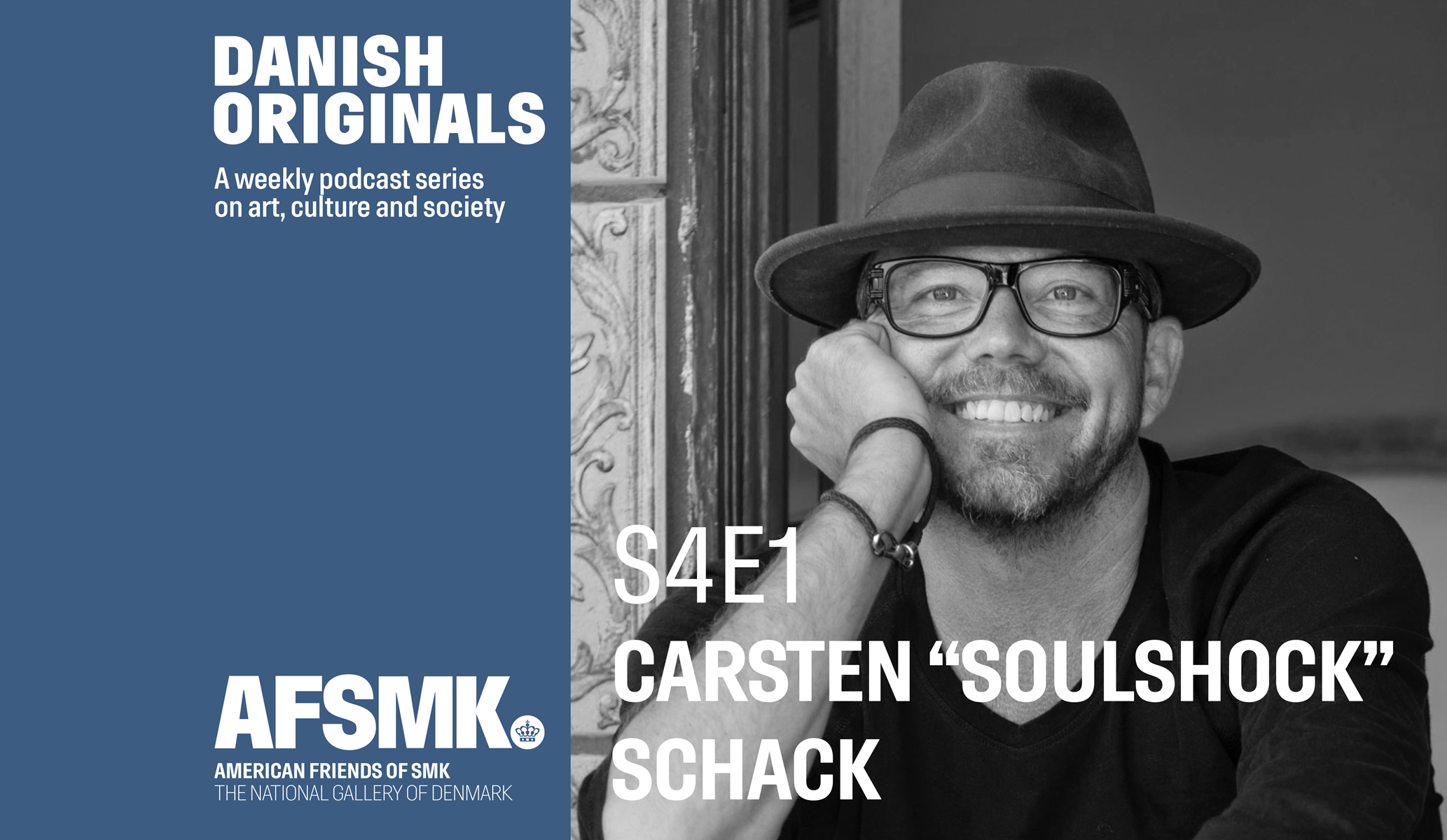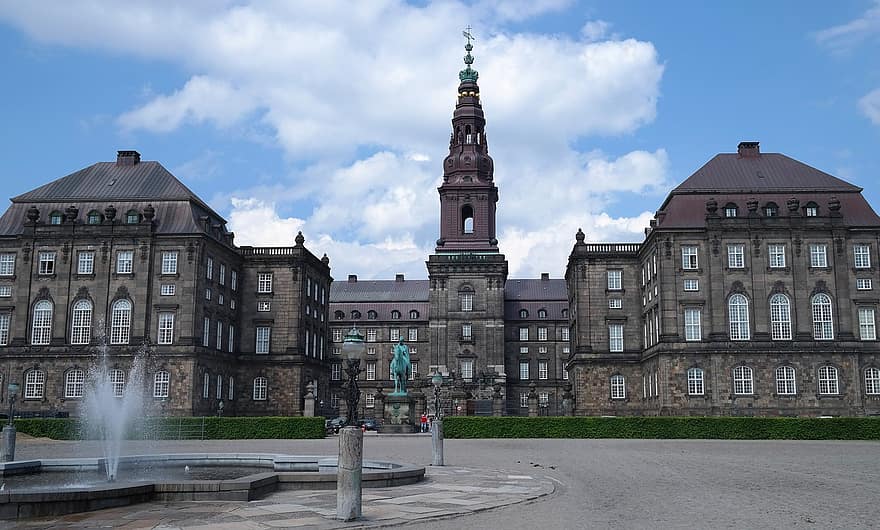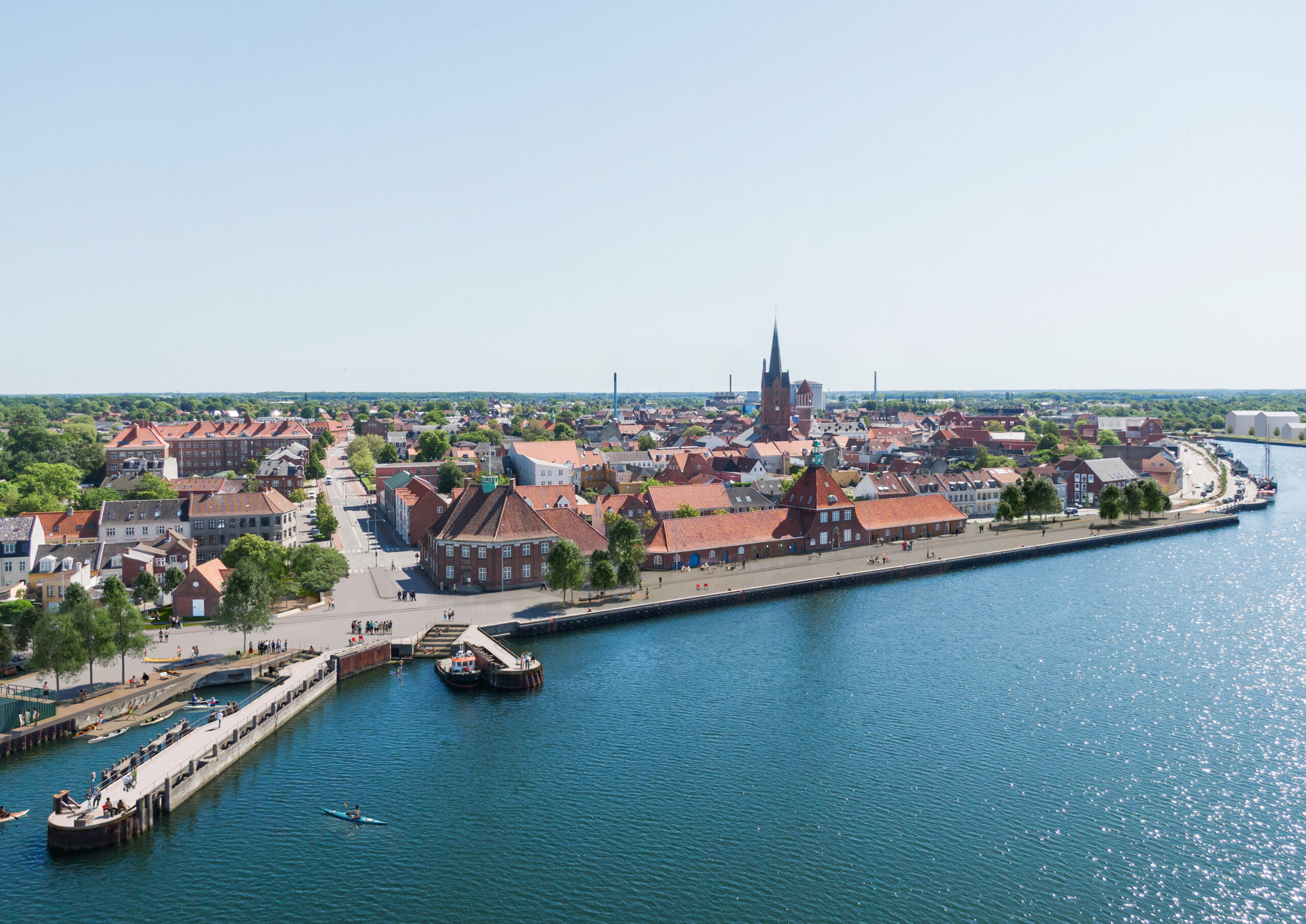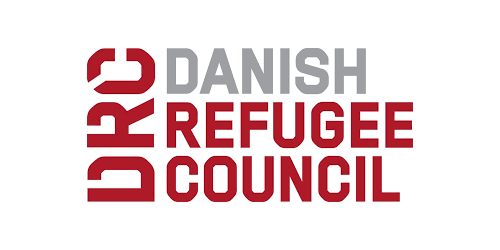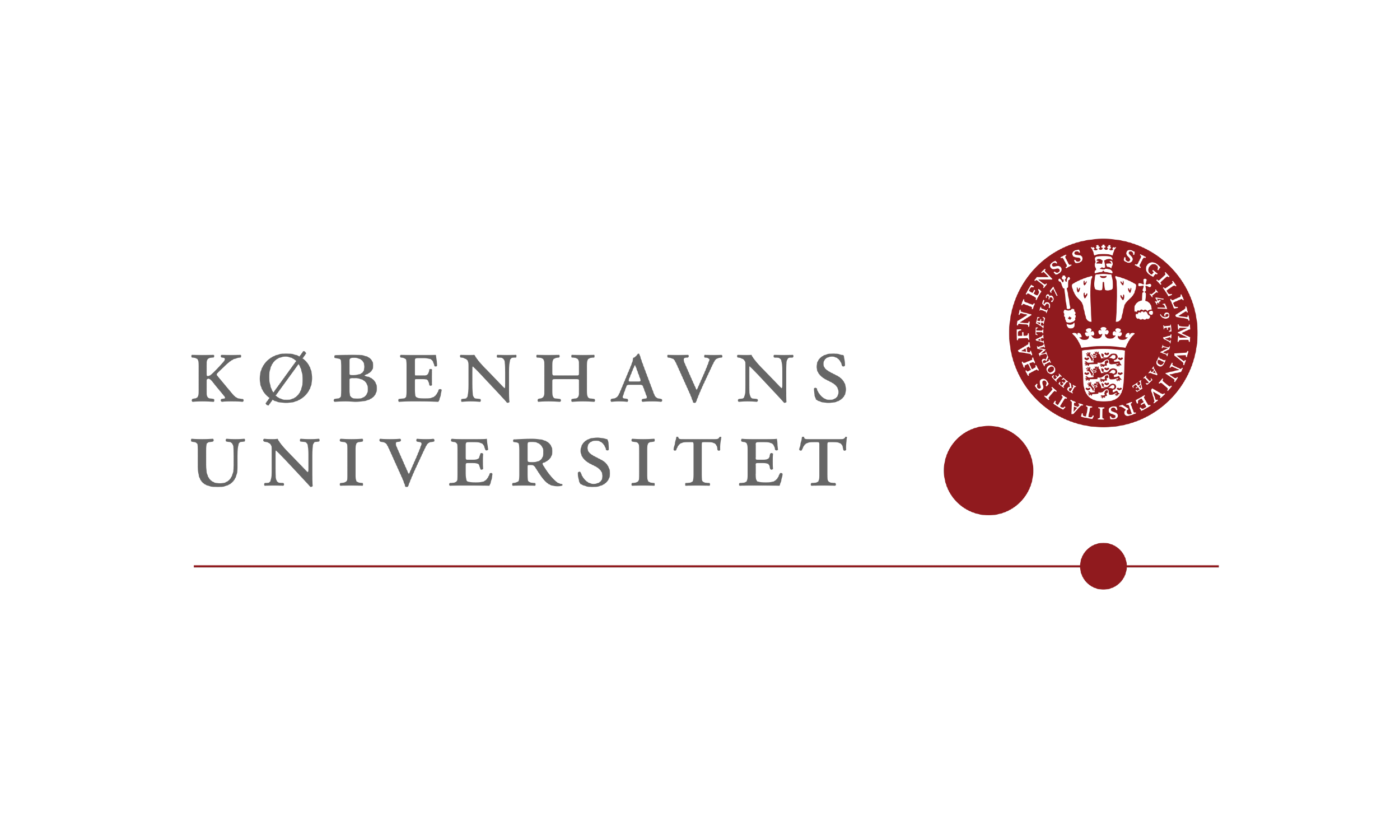In the year 2050, how many of DenmarkÂ’s residents will be immigrants?
The flow of immigration into Denmark may determine the number to a large extent, but equally important is who is determined an immigrant at all.
In Denmark, two main statistical categories are used to describe immigrants, invandrere and efterkommere, which are first and second-generation immigrants, respectively.
But the question over whether to also include third-generation immigrants, børn af efterkommere, into immigration statistics has provoked a debate amongst the nation’s politicians.
In December, the social minister, Karen Hækkerup of the Socialdemokraterne (S), told parliament’s integration committee that in 2050 there would be 610,000 first and second-generation immigrants with non-western backgrounds in Denmark.
Dansk Folkeparti (DF) felt this was an understatement, however, and demanded to know what the number would be if third-generation immigrants were also included. Hækkerup replied it would be an additional 121,000 people.
But to government coalition party Radikale (R), including the children of the children of immigrants into the statistics was a step too far.
“We are talking about people who were both born and brought up in Denmark and whose parents were also born and brought up in Denmark,” R immigration spokesperson Liv Holm Andersen said. “There is no reason to stigmatise them.”
The Konservative (K) also do not see the reason to brand this category as immigrants.
“The first answer Karen Hækkerup gave was satisfactory,” K immigration spokesperson Mike Legarth said. “For ordinary statistics and a general understanding, it is sufficient. If you extend the thought, where would you stop? Do you have to also include fifth and sixth generations too?”
Inger Støjberg, Venstre (V), also agreed.
“I would say that two generations are fine,” she said.
DF, on the other hand, argue that the third, fourth and even fifth generations should still be branded immigrants.
“As long as they fail to integrate, then they should be counted,” DF immigration spokesperson Martin Henriksen said. “If you don’t become culturally integrated, then children of immigrants, and their children and their children, all count.”
Henriksen suggests using the term efterkommere (descendents) to describe all generations of immigrants until the point at which they become integrated.
“The Radikale can choose to be offended by it while we worry about the growing proportion of the population with non-Western backgrounds.”
But S integration spokesperson Jacob Bjerregaard does not agree with HenriksenÂ’s point of view.
“As I see it, Dansk Folkeparti are trying to maintain pressure on this issue by maximizing the number. The more generations you count as immigrants, the more you can claim a massive security risk or whatever else the party wants to claim.
Statistics Denmark introduced the category the category børn af efterkommere several years ago and it has since become a fixed feature of social statistics, for instance on crime and educational levels.
Factfile | Danish immigration terms
Dansker (Dane)
A person with Danish parents, normally born in Denmark. Special rules mean children born outside Denmark with Danish parents can also be termed ‘Danes’.
Invandrer (Immigrant)
A person born outside Denmark.
Efterkommer (second-generation immigrant)
A person born in Denmark with immigrant parents. Also called andengenerations invandrer.
Barn af efterkommer (third-generation immigrant)
A person born to an efterkommere. Also called a tredjegenerations invandrer.
Nydansker (non-ethnic Dane)
Literally translated as ‘new Dane’, the term refers to people with Danish citizenship with non-ethnic Danish family backgrounds.

